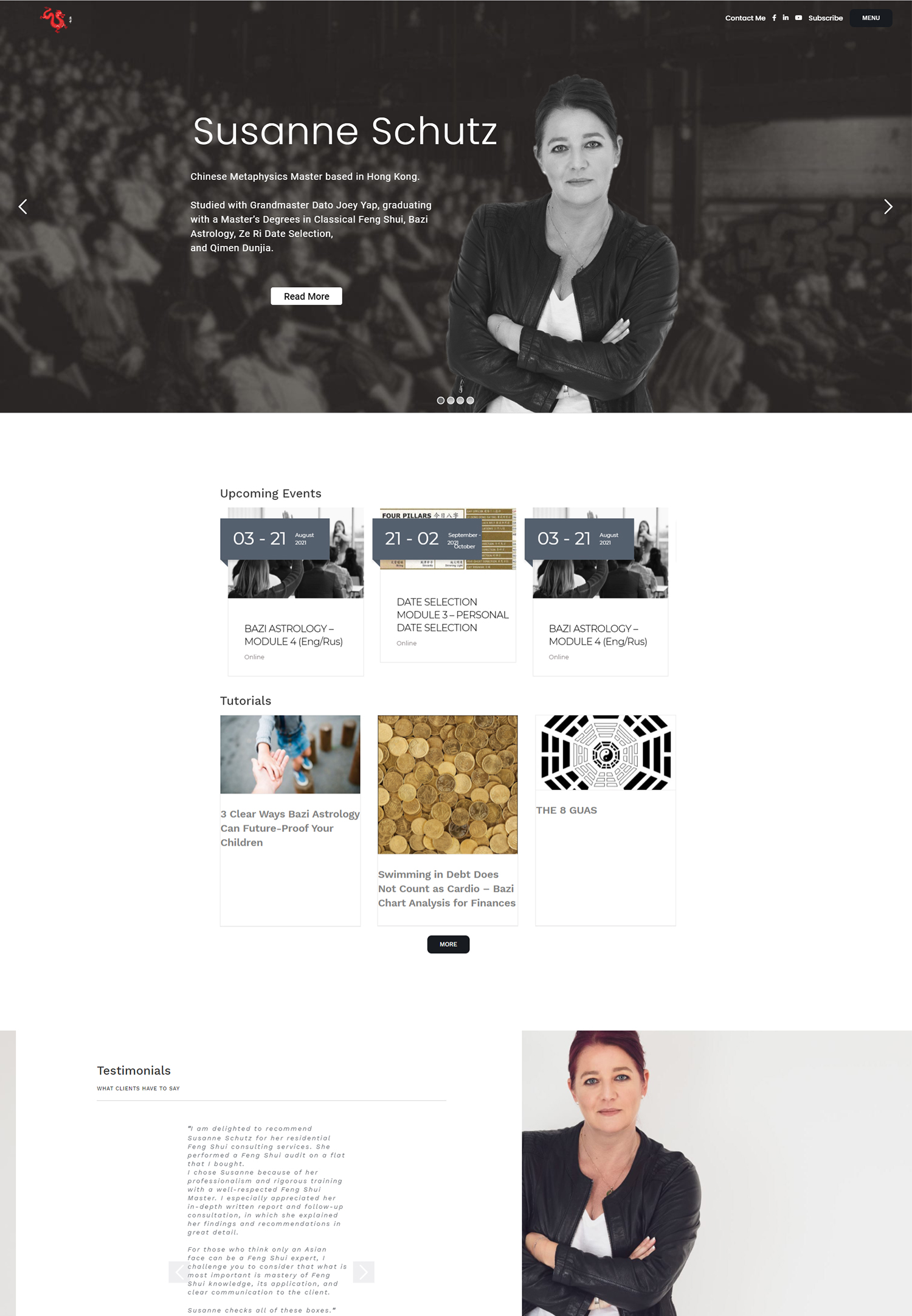Exit-intent popups are a powerful tool for website owners and marketers to engage with visitors who are about to leave their site. These popups are triggered when a user’s mouse movement indicates that they are about to navigate away from the page. The goal of exit-intent popups is to capture the attention of these visitors and entice them to stay on the site or take a specific action, such as signing up for a newsletter or making a purchase.
Exit-intent popups work by using JavaScript code to track the movement of the user’s mouse. When the code detects that the mouse is moving towards the top of the browser window, it triggers the popup to appear. This timing is crucial, as it allows the popup to catch the visitor’s attention at the moment they are most likely to leave.
Why Exit-Intent Popups are Effective for Boosting Website Conversions
Exit-intent popups have been proven to be highly effective in boosting website conversions. According to a study by Sumo, exit-intent popups can increase conversions by an average of 10-15%. This is because these popups provide a last-ditch effort to engage with visitors who are about to leave, giving them a reason to stay or take action.
There are many examples of successful implementation of exit-intent popups. For instance, e-commerce giant Amazon uses exit-intent popups to offer discounts or free shipping to visitors who are about to abandon their shopping carts. This tactic has been shown to significantly reduce cart abandonment rates and increase sales.
Another example is Neil Patel’s blog, Quick Sprout. Patel implemented an exit-intent popup that offers a free e-book in exchange for visitors’ email addresses. This simple yet effective strategy has helped Patel grow his email list and increase his website conversions.
Understanding the Psychology Behind Exit-Intent Popups
To understand why exit-intent popups are effective, it’s important to understand why visitors leave websites in the first place. There are several reasons why visitors may choose to navigate away from a site, including lack of interest, distractions, or concerns about privacy or security.
Exit-intent popups address these concerns by providing visitors with a compelling reason to stay or take action. For example, a popup offering a discount or free shipping can address the visitor’s lack of interest by providing an incentive to make a purchase. Similarly, a popup offering a free e-book or exclusive content can address distractions by capturing the visitor’s attention and providing something of value.
Best Practices for Designing Exit-Intent Popups
When designing exit-intent popups, there are several design elements to consider. First and foremost, the popup should be visually appealing and consistent with the overall design of the website. This helps to maintain a cohesive user experience and ensures that the popup doesn’t appear intrusive or spammy.
In terms of content, the message should be clear and concise. Visitors should be able to quickly understand what is being offered and what action they need to take. It’s also important to use persuasive language and compelling visuals to entice visitors to stay or take action.
Additionally, it’s important to consider the placement of the popup on the page. The popup should appear in a prominent location that is easy for visitors to see, but it should not obstruct their view of the content. It’s also a good idea to include a close button or an option to dismiss the popup, as this gives visitors control over their browsing experience.
Choosing the Right Timing for Exit-Intent Popups
Timing is crucial when it comes to triggering exit-intent popups. The goal is to catch visitors at the moment they are most likely to leave, without interrupting their browsing experience or appearing too pushy.
There are several factors to consider when choosing the timing for exit-intent popups. One factor is the average time spent on the site. If visitors tend to spend a significant amount of time on the site before leaving, it may be best to trigger the popup after a certain amount of time has elapsed.
Another factor to consider is the visitor’s behavior on the site. For example, if a visitor has added items to their shopping cart but has not proceeded to checkout, it may be a good time to trigger an exit-intent popup offering a discount or free shipping.
It’s also important to consider the visitor’s intent. For example, if a visitor is about to navigate away from a pricing page, it may be a good time to trigger a popup offering a free trial or demo.
Creating Compelling Offers for Exit-Intent Popups
The success of exit-intent popups relies heavily on the offers they present to visitors. The offer should be compelling enough to entice visitors to stay or take action, but it should also align with the goals of the website owner or marketer.
There are many examples of effective offers for exit-intent popups. One common offer is a discount or coupon code. This can be particularly effective for e-commerce sites, as it provides an immediate incentive for visitors to make a purchase.
Another effective offer is a free trial or demo. This works well for software companies or service-based businesses, as it allows visitors to experience the product or service before committing to a purchase.
Other examples of effective offers include free shipping, exclusive content or resources, and entry into a giveaway or contest. The key is to offer something of value that is relevant to the visitor and aligns with their needs and interests.
A/B Testing Your Exit-Intent Popups for Maximum Conversions
A/B testing is an important part of optimizing exit-intent popups for maximum conversions. A/B testing involves creating two or more versions of a popup and testing them against each other to see which one performs better.
There are several elements of the popup that can be tested, including the design, the offer, the timing, and the messaging. For example, you could test different colors, fonts, or images to see which ones resonate best with your audience. You could also test different offers or messaging to see which ones generate the most conversions.
To set up and run A/B tests for exit-intent popups, you will need a tool or plugin that allows you to create and track multiple versions of the popup. There are many tools available that make it easy to set up and run A/B tests, such as OptinMonster, Sumo, or Hello Bar.
Implementing Exit-Intent Popups on Your Website
Implementing exit-intent popups on your website is relatively straightforward. There are many tools and plugins available that make it easy to add exit-intent functionality to your site.
One popular tool is OptinMonster, which allows you to create and customize exit-intent popups with a drag-and-drop builder. OptinMonster also offers advanced targeting options, such as geolocation targeting and device targeting, which can help you deliver personalized messages to your visitors.
Another popular tool is Sumo, which offers a suite of tools for growing your website’s traffic and conversions. Sumo’s exit-intent feature allows you to create and customize popups, as well as track their performance with detailed analytics.
To implement exit-intent popups on your website, you will typically need to install a plugin or add a code snippet to your site’s HTML. The specific instructions will vary depending on the tool or plugin you choose, so it’s important to follow the documentation provided by the provider.
Analyzing the Results of Your Exit-Intent Popups
Once you have implemented exit-intent popups on your website, it’s important to track and analyze their performance. This will help you understand how effective they are at boosting conversions and identify areas for improvement.
There are several metrics you can track to measure the success of your exit-intent popups. These include conversion rate, bounce rate, time on site, and the number of leads or sales generated. By tracking these metrics over time, you can see how your popups are performing and make data-driven decisions to optimize their effectiveness.
To interpret and act on the data, it’s important to look for patterns or trends. For example, if you notice that certain offers or messaging consistently perform better than others, you can use this information to refine your popups and improve their performance.
How Exit-Intent Popups Can Help You Grow Your Business
In conclusion, exit-intent popups are a powerful tool for boosting website conversions and growing your business. By capturing the attention of visitors who are about to leave your site, exit-intent popups provide a last-ditch effort to engage with these visitors and entice them to stay or take action.
When designing exit-intent popups, it’s important to consider the design elements, timing, and offers that will resonate with your audience. A/B testing is also crucial for optimizing the performance of your popups and maximizing conversions.
By implementing exit-intent popups on your website and analyzing the results, you can gain valuable insights into visitor behavior and make data-driven decisions to improve your website’s performance. With the right strategy and tools in place, exit-intent popups can be a highly effective tool for growing your business.
If you’re interested in implementing exit-intent popups on your website, you may also find our article on “How to Increase Online Sales for Your Ecommerce” helpful. This article provides valuable insights and strategies to boost your online sales and drive more revenue for your ecommerce business. Check it out here.
FAQs
What are exit-intent popups?
Exit-intent popups are a type of popup that appears on a website when a user is about to leave the page. They are triggered by the user’s mouse movement and are designed to capture the user’s attention and encourage them to stay on the site or take a specific action.
Why should I use exit-intent popups?
Exit-intent popups can be an effective way to reduce bounce rates and increase conversions on your website. By offering users a targeted message or offer just as they are about to leave, you can encourage them to stay on the site or take a specific action, such as signing up for a newsletter or making a purchase.
How do I implement exit-intent popups on my website?
There are a variety of tools and plugins available that can help you implement exit-intent popups on your website. Some popular options include OptinMonster, Sumo, and Hello Bar. These tools typically offer a range of customization options, including the ability to create custom messages, choose when and where the popup appears, and track performance metrics.
What are some best practices for using exit-intent popups?
To ensure that your exit-intent popups are effective and not intrusive, it’s important to follow some best practices. These include keeping your message short and to the point, offering a clear value proposition, using eye-catching visuals, and testing different variations to see what works best for your audience.
Are there any downsides to using exit-intent popups?
While exit-intent popups can be effective, they can also be seen as intrusive or annoying by some users. To avoid this, it’s important to use them sparingly and to ensure that your message is relevant and valuable to the user. Additionally, some users may have ad blockers or other tools that prevent popups from appearing, so it’s important to have alternative methods for capturing their attention.





























